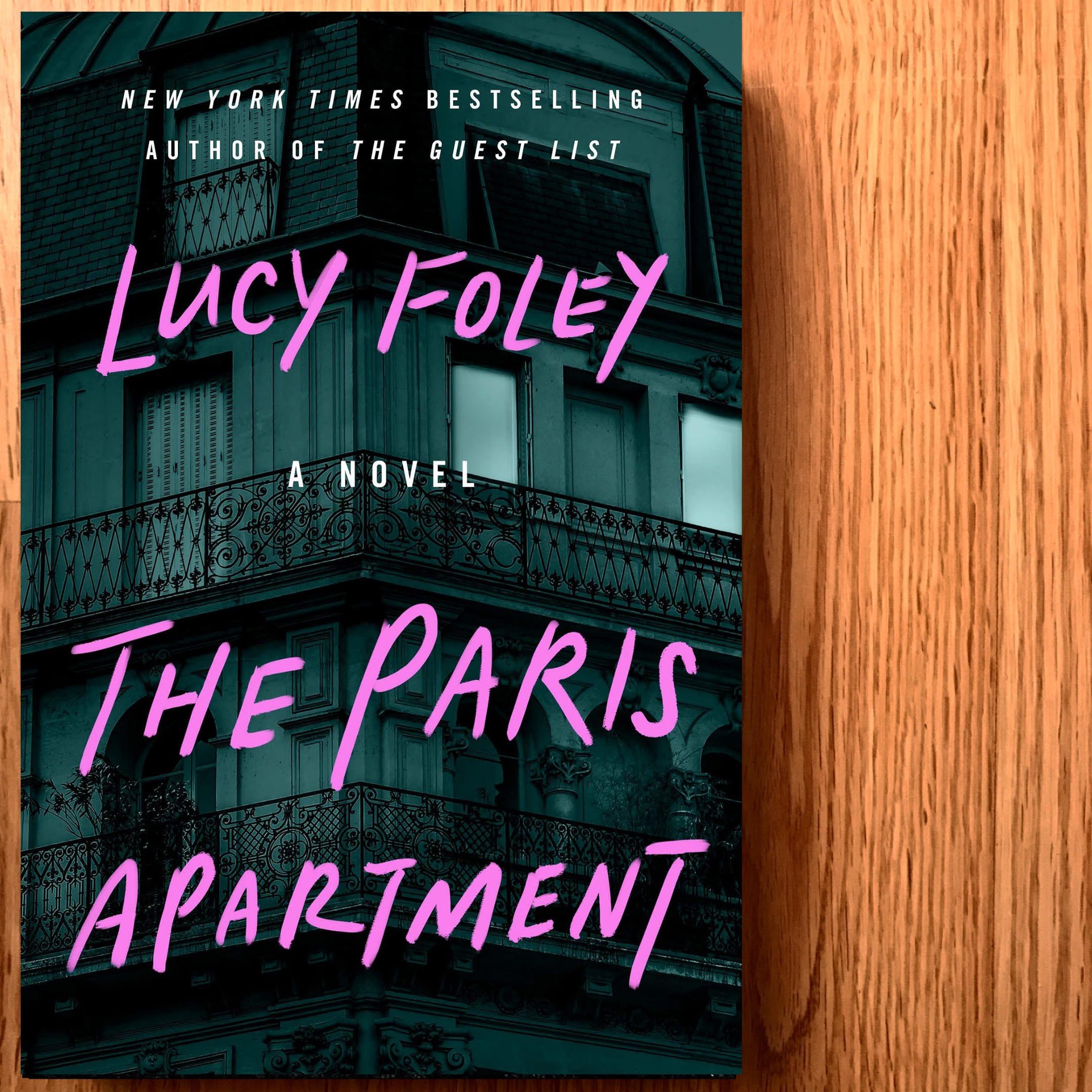By Meghan Mazzaferro
Content warnings: violence, slight gore, threats of being burned alive, references to past child abuse
The League of Gentlewomen Witches is the second book in India Holton’s Dangerous Damsels series. This fantastical historical rom-com follows Charlotte Pettifer, a woman who is definitely not part of the Wicken League, a hypothetical organization of gentlewomen witches who use their powers to rob—er, protect the people of England by separating them from their valuables. Unlike the Wisteria Society, the women of the Wicken League—which, of course, does not exist—are the true descendants of Black Beryl, the first witch, and as such are the ones entitled to her long-lost amulet that holds unimaginable power. So, it only makes sense for Charlotte, the prophesied future leader of the Wicken League (or at least she would be, if witches were real), to do everything in her power to get the amulet for herself. And if the only way to acquire said amulet is to ally with a notorious Irish pirate, what choice does Charlotte have? When the amulet is stolen by the notorious pirate Lady Armitage, disorderly pirate Alex O’Riley and rigid (alleged) witch Charlotte Pettifer must put aside their differences (and their growing attraction), in order to take each other hostage and steal the amulet by any means necessary.
I have a review for The Wisteria Society of Lady Scoundrels, the first book in the Dangerous Damsels series, available on this site, which I welcome you to read. I loved that book and thought it was an excellent satire of Victorian romance while also being the most original, romantic, and hilarious book I had possibly ever read. While I stand by all of that, I have to admit that Wisteria Society no longer holds that position—The League of Gentlewomen Witches has everything I loved about The Wisteria Society and more! Alex O’Riley is the pinnacle of piracy, and Charlotte Pettifer is a marvel. Her character is so rigid, so hard and inflexible, and beneath that exterior has social anxiety and desire for freedom that resonates so powerfully with me. These two together are a pairing after my own heart, one they have stolen with ease.
The plot is full of twists and turns, flying houses and duels, with new magic and an amazing cast of new characters that go toe to toe with the Wisteria Society (both literally and metaphorically) as the most polite and dangerous ladies in fiction. The similarities and conflicts between the two groups lead to new opportunities for satire. Lady Armitage makes for a mad, thoroughly entertaining villain, and the schemes of both the Wisteria Society and the Wicken League fill this book with enough drama, sword fights, and flying house battles to keep anyone on the edge of their seat. With Holton’s unique writing style, full of asides, irony, and witty language, this book opens up the Dangerous Damsels series to several interesting new directions while being an excellent story all on its own.
This book is an absolute delight. I smiled from beginning to end, laughed constantly, and fell in love with Charlotte and Alex’s relationship. It has the perfect blend of snarky banter, sexual tension, and tender kindness. The book itself is a fast-paced ride full of banter, betrayal, and women who want nothing more than to fly. If you are a fan of historical romances, Jane Austen, and a really good laugh, this book has something for you. You won’t want to miss it.
Thank you, Berkley Publishers, for the complimentary copy in exchange for an honest review.





















